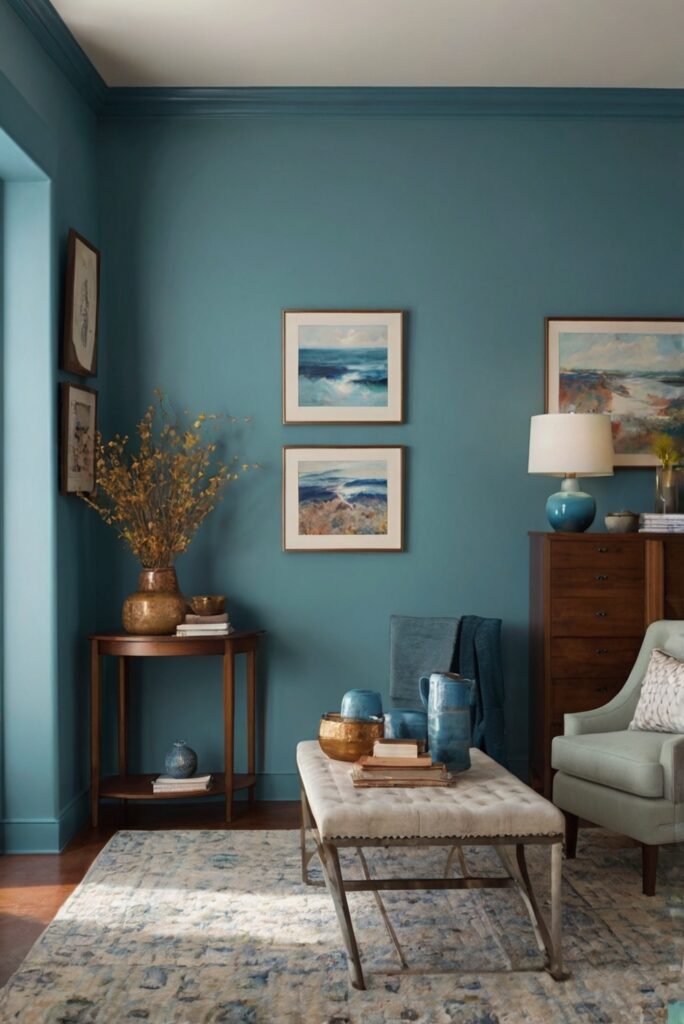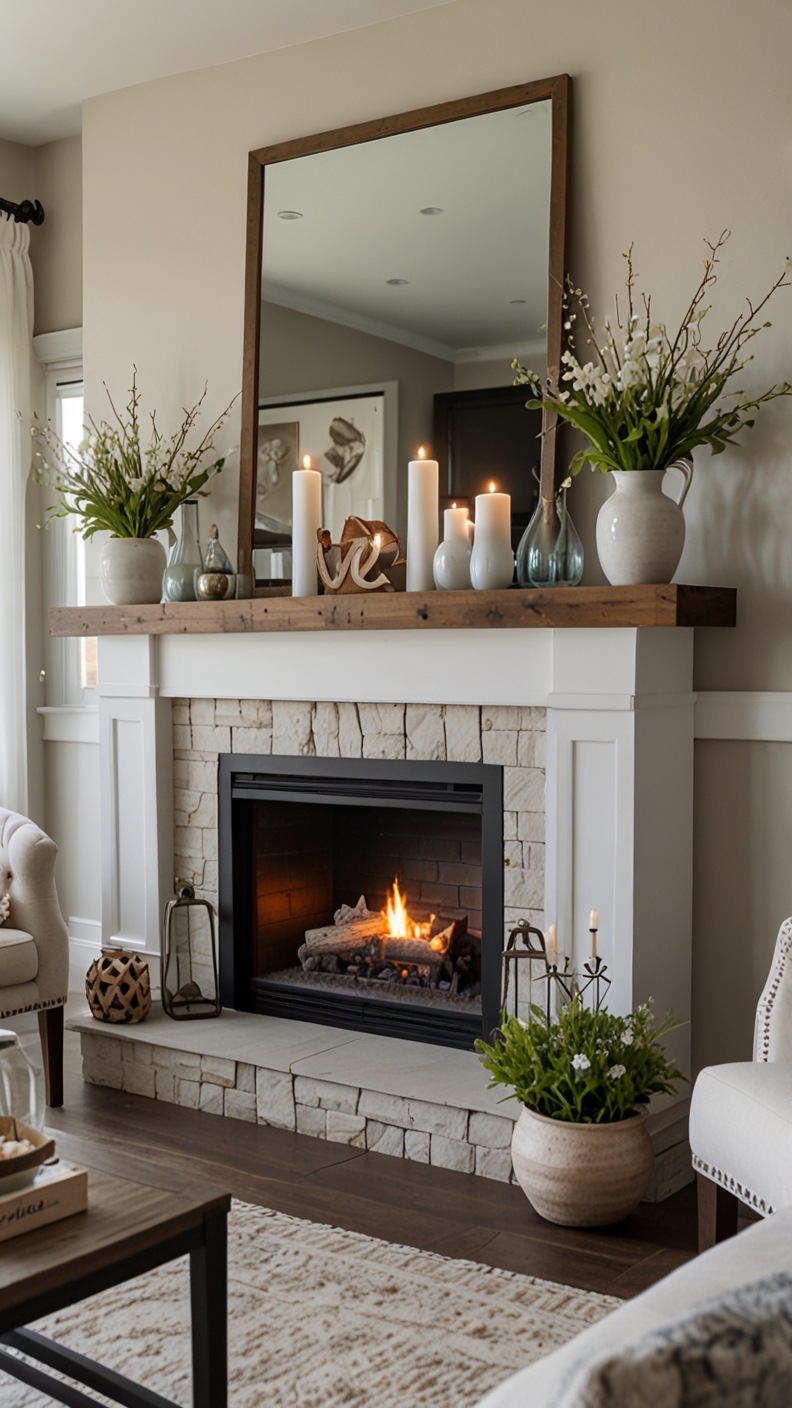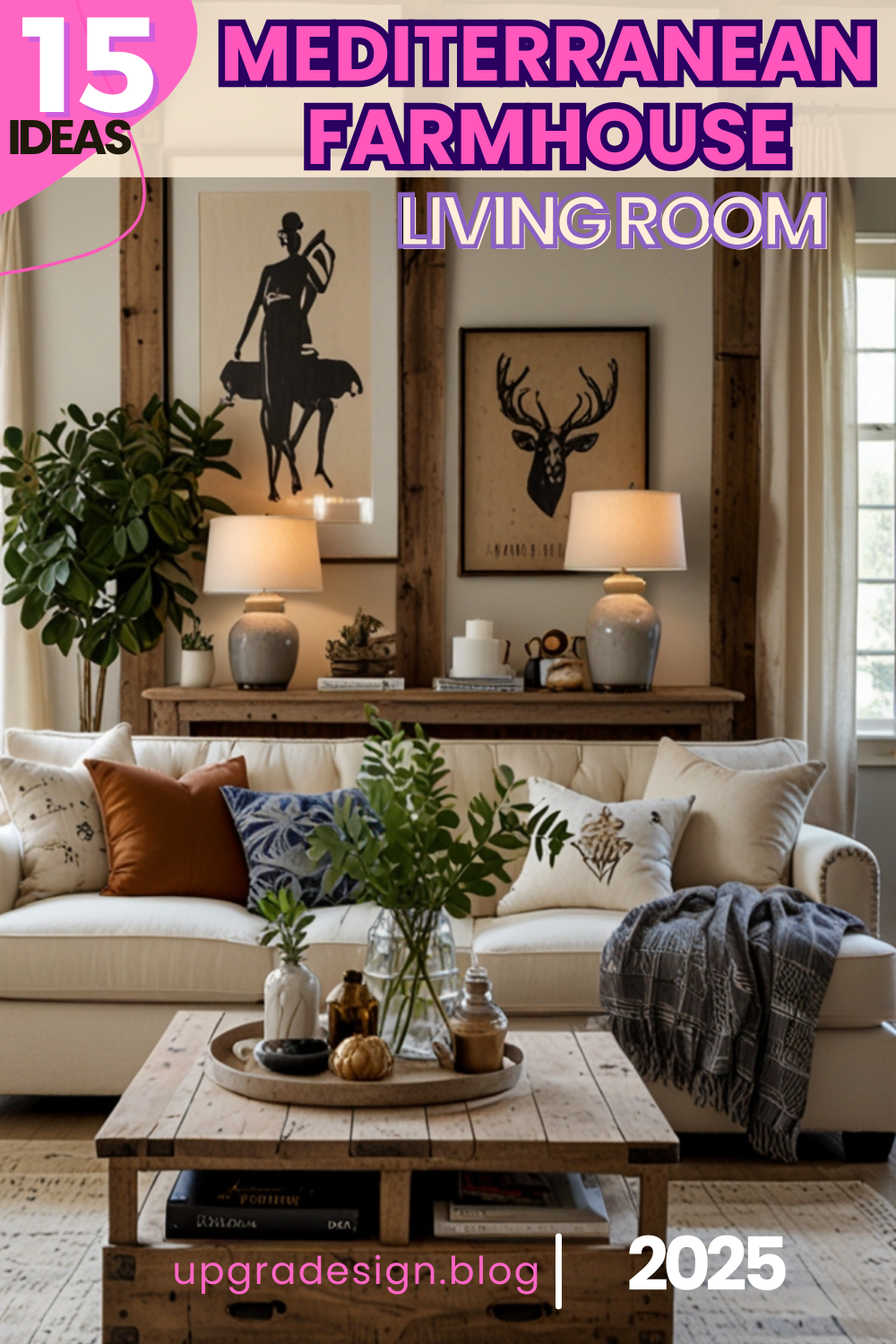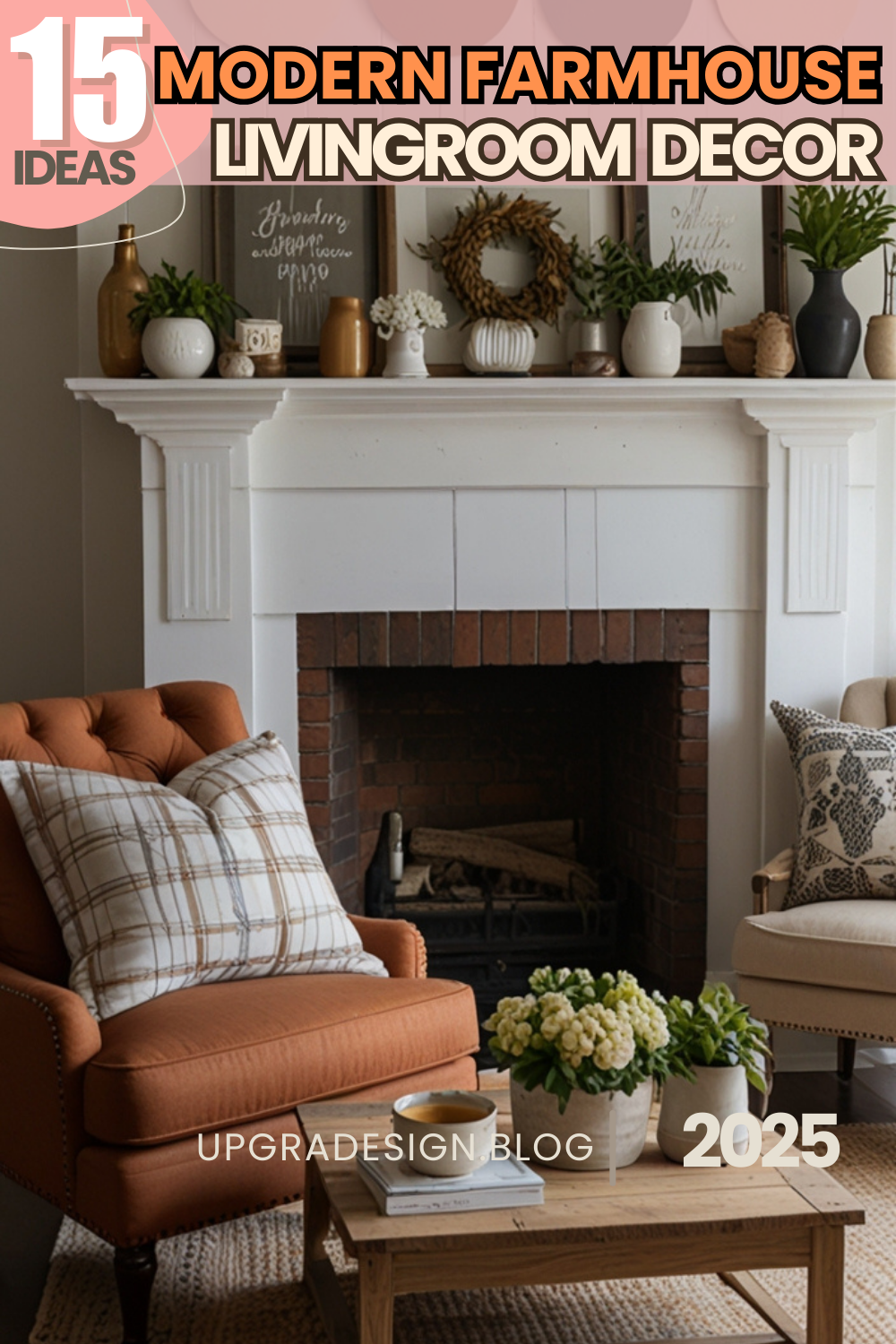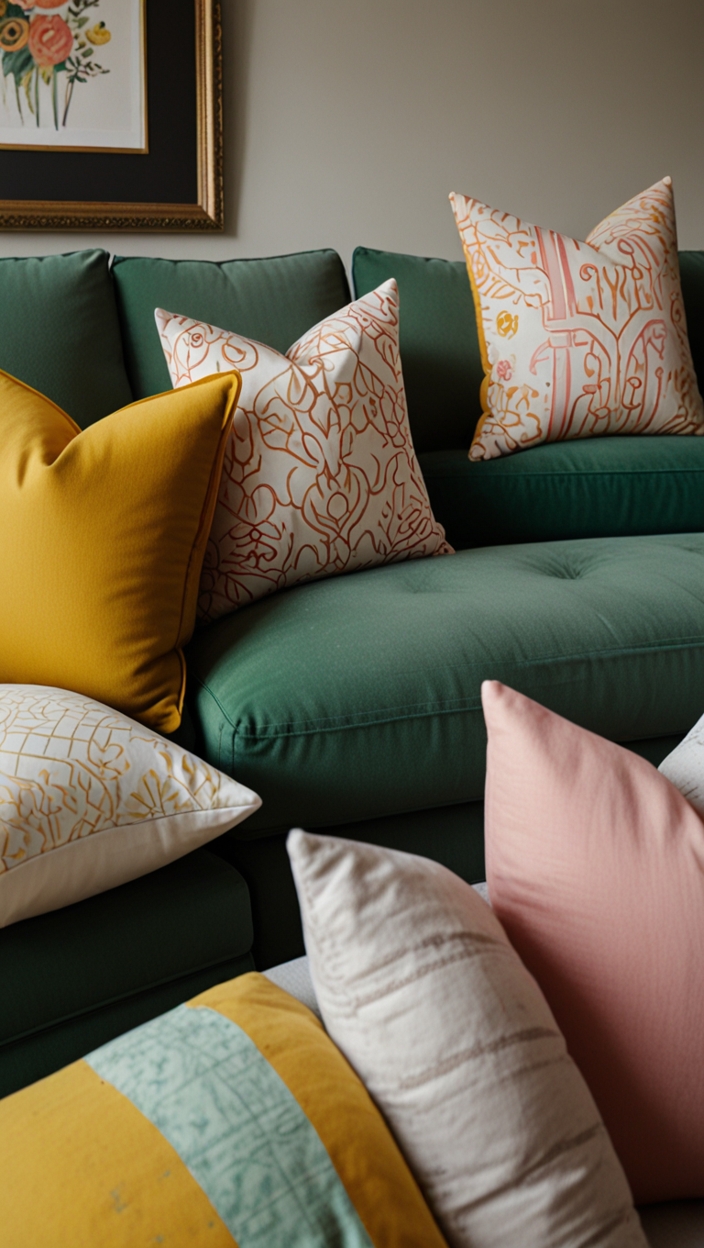Discover how to effortlessly infuse cool and calming colors into your living room decor. Explore daily routines for the interior designer in you.
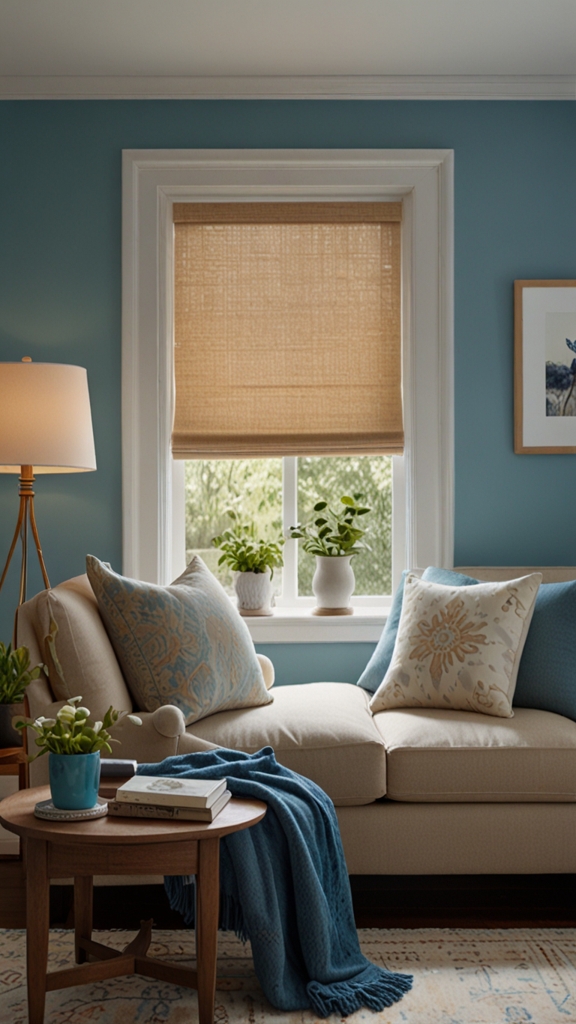
To incorporate cool and calming colors in your living room color scheme, consider using shades such as soft blues, greens, lavender, or neutral tones like gray and beige.
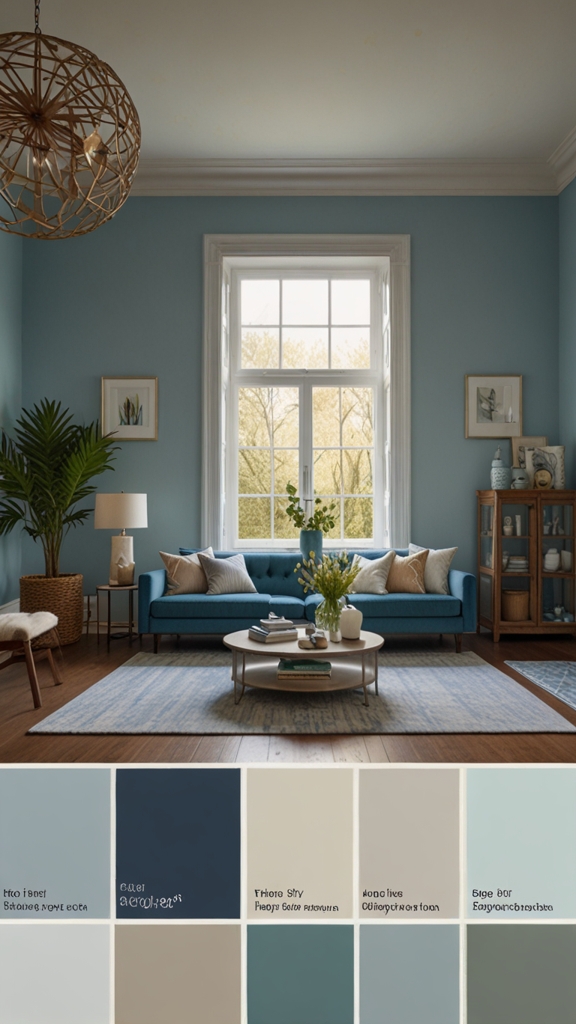
These colors can create a serene and tranquil atmosphere in your space, perfect for relaxation. Make sure to choose colors that complement your furniture and decor to achieve a cohesive look.
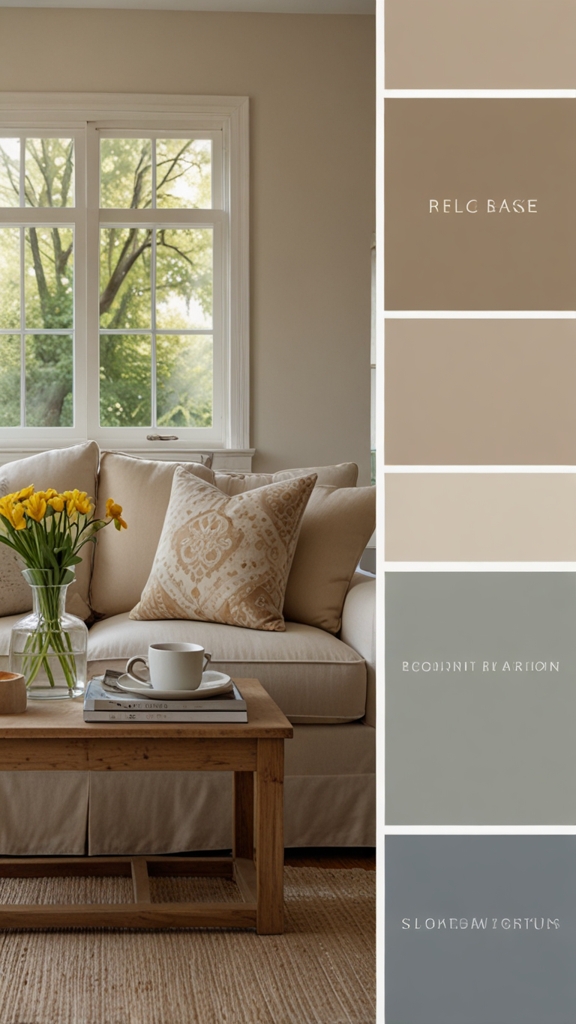
My Lovely Spring Paint for 2025
Ready for a Spring Makeover? Explore the Freshest 2025 Paint Trends!
White Sage/Green SW Pistachio green Soft blue Honeysweet/Orange Pink Sugar Sage Tint BMAs an Amazon Associate, I may earn a commission from qualifying purchases at no extra cost to you.
When decorating with cool and calming colors, you can mix different shades for a layered effect or stick to a monochromatic palette for a more streamlined appearance.
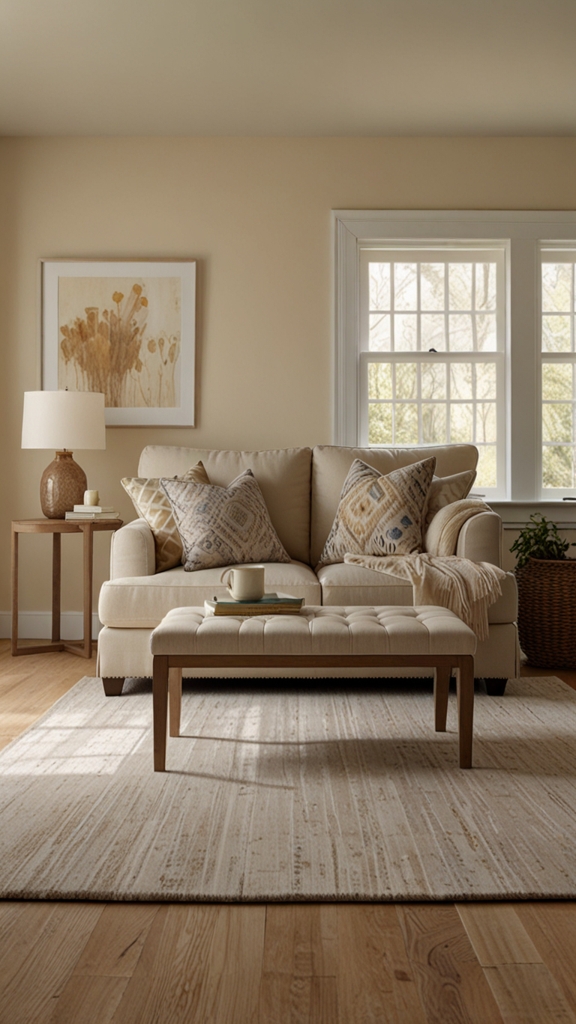
Consider using accent pieces like throw pillows, curtains, or rugs in these calming hues to add pops of color without overwhelming the space.
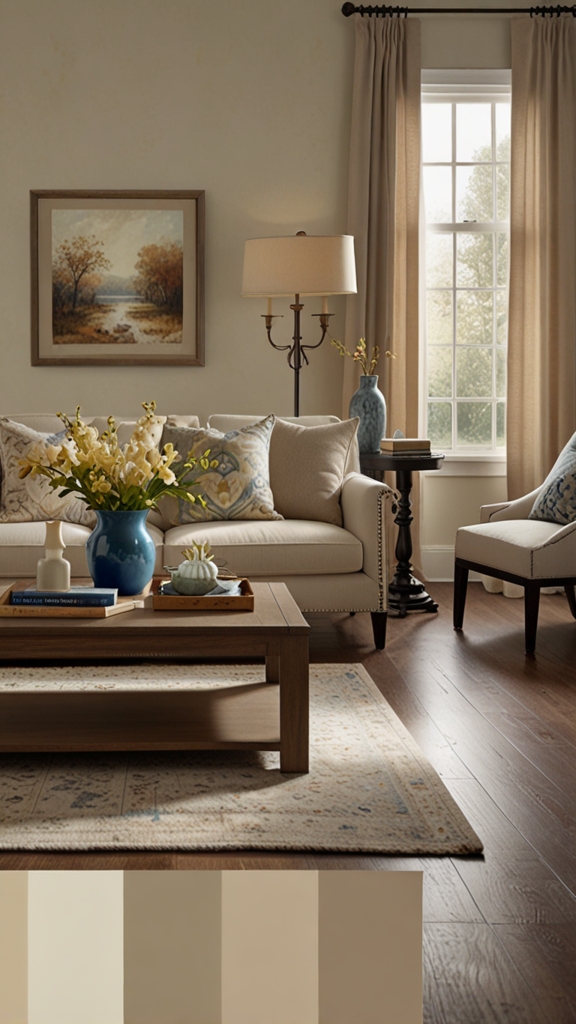
My fAV Spring DECOR for 2025
Discover Spring’s Best 2025 Decor Combinations – Perfect for Any Room!
Oversized Indoor Plants White Curved Sofas Rugs BOH Brown Cream Moroccan Hype Boho Rug Outdoor Patio Furniture Sets Topfinel Pillow CoversAs an Amazon Associate, I may earn a commission from qualifying purchases at no extra cost to you.
For a well-balanced color scheme, incorporate a mix of light and dark shades to create depth and interest. Additionally, natural light can enhance the calming effect of these colors, so consider optimizing your room’s lighting to make the most of your color choices.
Remember to test paint colors on your walls before committing to a full room transformation, as lighting and other factors can affect how the colors appear in your space.
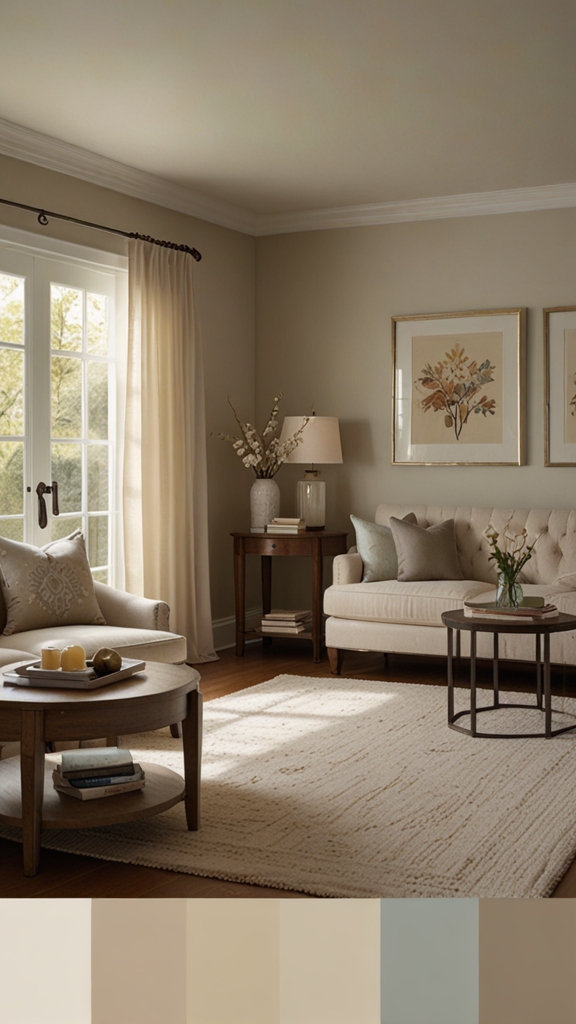
By carefully planning and selecting the right colors, you can create a cool and calming living room that promotes relaxation and comfort.
How to choose the right cool and calming colors for my living room color scheme?
When selecting cool and calming colors for your living room, it’s essential to consider hues that promote relaxation and tranquility.
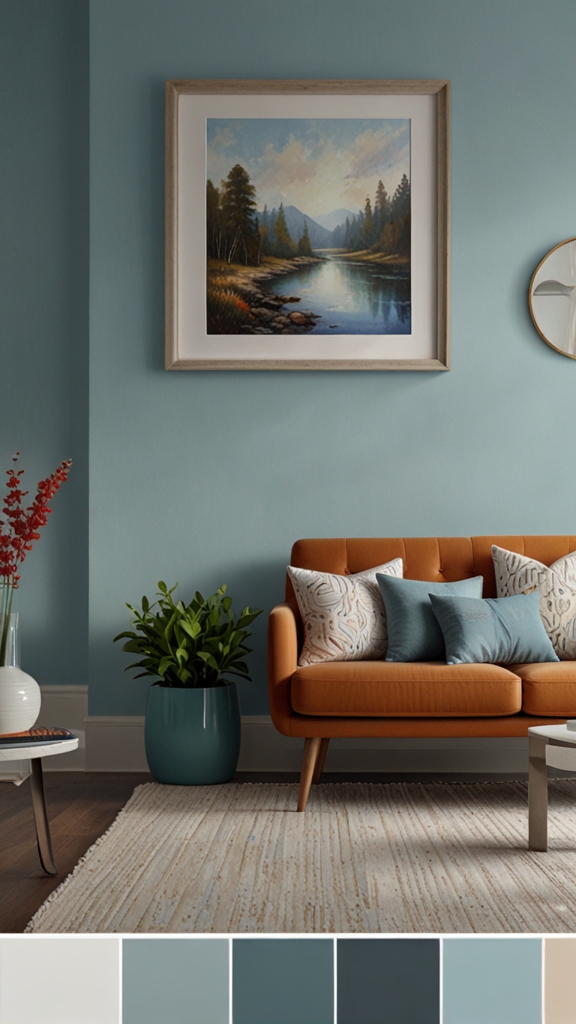
Colors like blue, green, and lavender are ideal choices as they have a soothing effect on the mind. To choose the right colors, start by determining the mood you want to create in your living room. For a serene atmosphere, opt for soft shades of blue or green.
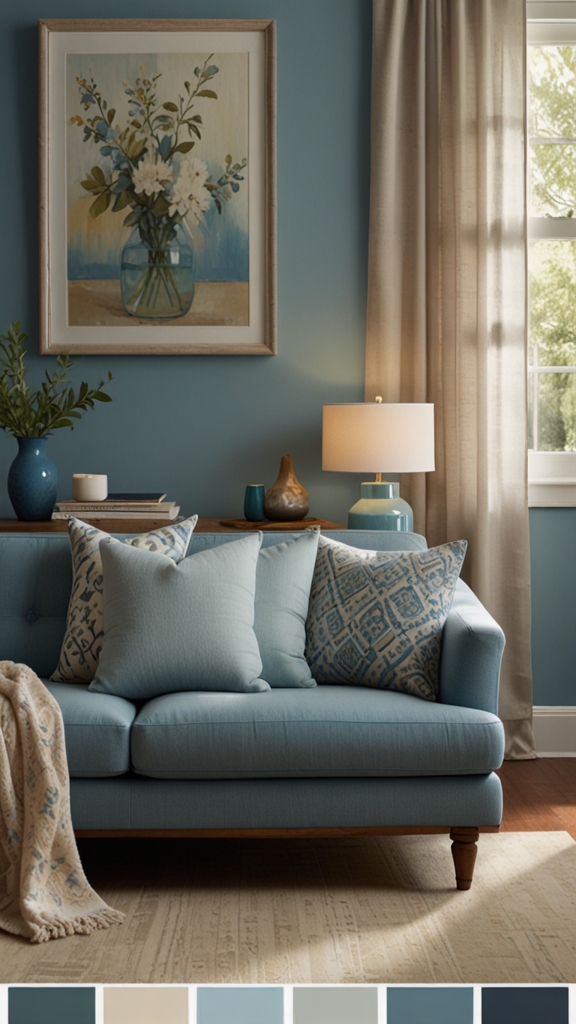
Consider using color swatches or online tools to visualize how different shades will look in your space. Additionally, take into account the natural light in your living room as it can affect how colors appear. Test paint samples on your walls to see how they react to different lighting conditions.
Lastly, consider incorporating neutral tones like white or gray to balance out the cool colors and prevent the space from feeling too cold.
What is the best way to mix warm and cool tones in a living room color scheme?
Mixing warm and cool tones in a living room color scheme can create a harmonious and balanced look. One effective way to do this is by using a neutral color as a bridge between the two color families.
For example, you can combine cool blues with warm beiges or grays to achieve a cohesive palette. Another strategy is to use warm and cool colors in varying proportions throughout the room.
Consider incorporating warm-toned furniture pieces or accessories against a backdrop of cool-colored walls or vice versa. Additionally, using textures and patterns can help blend warm and cool tones together seamlessly. Experiment with different combinations until you find a balance that suits your taste and style.
Can I incorporate multiple shades of blue in my living room color scheme?
Incorporating multiple shades of blue in your living room color scheme can create a layered and sophisticated look. To ensure harmony, choose shades of blue that complement each other on the color wheel.
For example, pairing light sky blue with navy or teal can add depth and interest to the space. Consider using different shades of blue for walls, furniture, and accessories to create visual contrast.
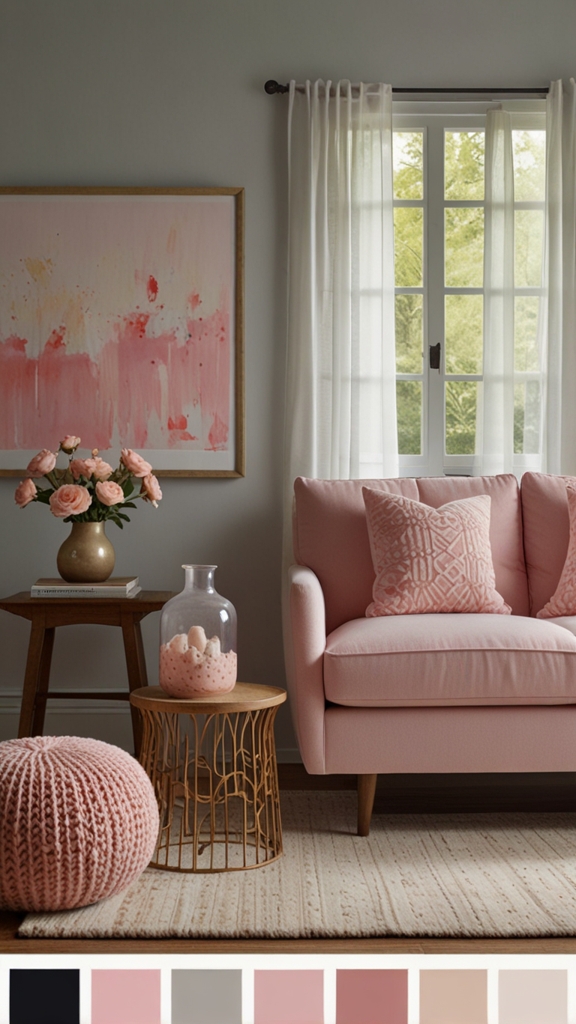
Mixing matte and glossy finishes can also enhance the richness of the color scheme. To prevent the room from feeling too monochromatic, introduce accents of other colors like white, gray, or metallics. Remember to balance the different shades of blue throughout the room to maintain a cohesive and inviting atmosphere.
How to create a cohesive look with cool and calming colors in a living room?
Creating a cohesive look with cool and calming colors in your living room involves careful planning and attention to detail. Start by selecting a primary color that sets the tone for the space, such as a soft blue or green. Use this color as the foundation for your decor and choose complementary hues to support it.
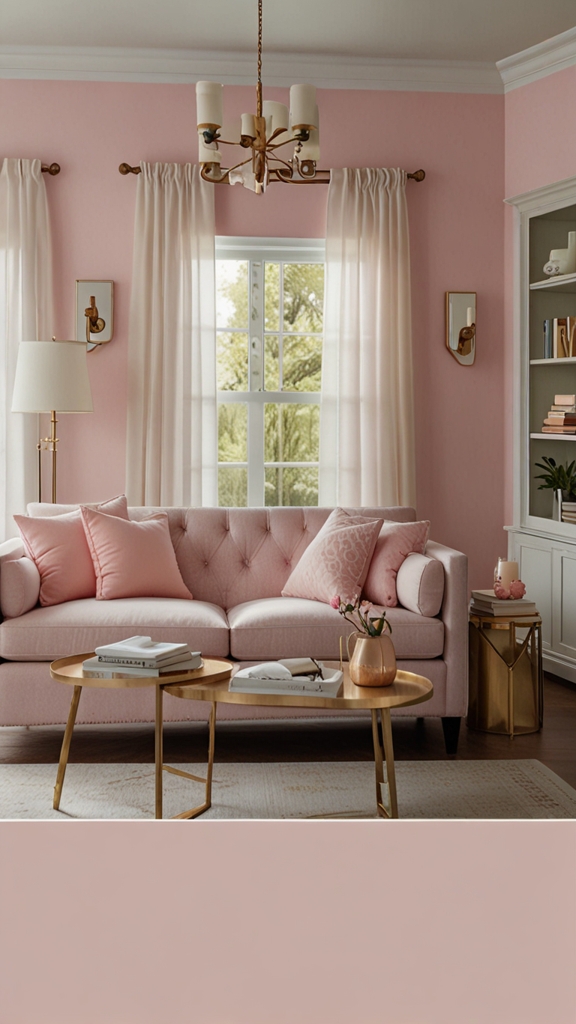
Consider creating a color palette with varying shades of the primary color to add depth and dimension. Introduce different textures and materials to prevent the room from appearing flat.
Incorporate elements like area rugs, throw pillows, and curtains in coordinating colors to tie the look together. Finally, pay attention to lighting to ensure that the colors appear true to their nature and create the intended ambiance in the room.
What are the benefits of using cool and calming colors in a living room?
Using cool and calming colors in your living room can have a positive impact on your well-being and overall sense of calm. These colors are known to promote relaxation, reduce stress, and create a tranquil atmosphere.
Blue, in particular, has been shown to lower blood pressure and heart rate, making it an excellent choice for spaces where you want to unwind. Green is associated with nature and renewal, evoking feelings of harmony and balance.
Lavender, another calming color, is often used in bedrooms to promote restful sleep.
By incorporating cool and calming colors into your living room, you can create a peaceful retreat where you can relax and recharge after a long day.
How to balance light and dark shades in a cool and calming color scheme?
Balancing light and dark shades in a cool and calming color scheme is essential to create contrast and visual interest in your living room. Start by determining the dominant color in the room and use it as the base for your design.
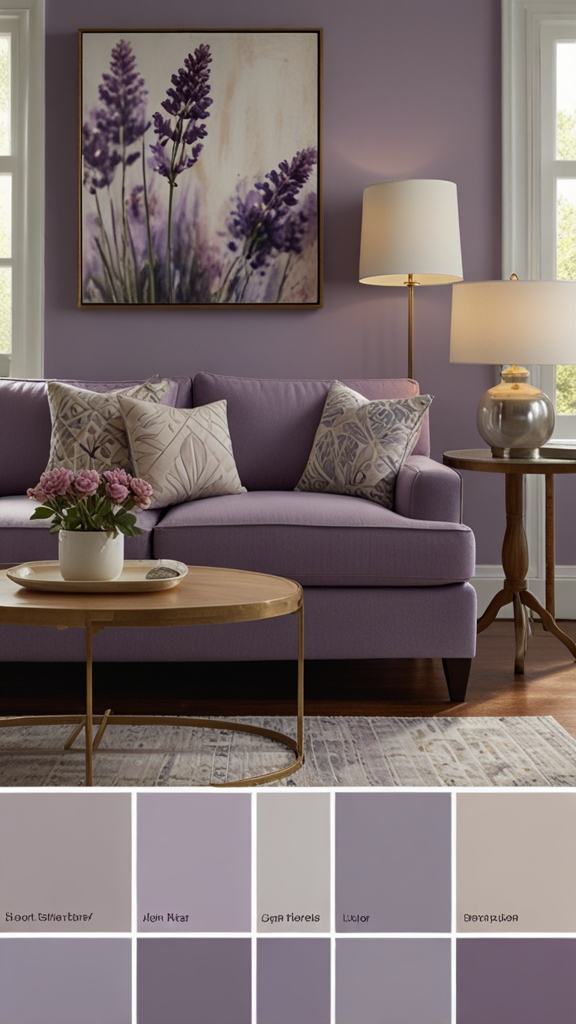
If you have light walls, consider adding dark furniture pieces or accents to create a focal point. Conversely, if your walls are painted in a dark color, use light-colored furniture and accessories to brighten the space.
Mix and match different tones of the same color family to create a cohesive look. Consider incorporating metallic finishes or reflective surfaces to bounce light around the room and prevent it from feeling too dark.
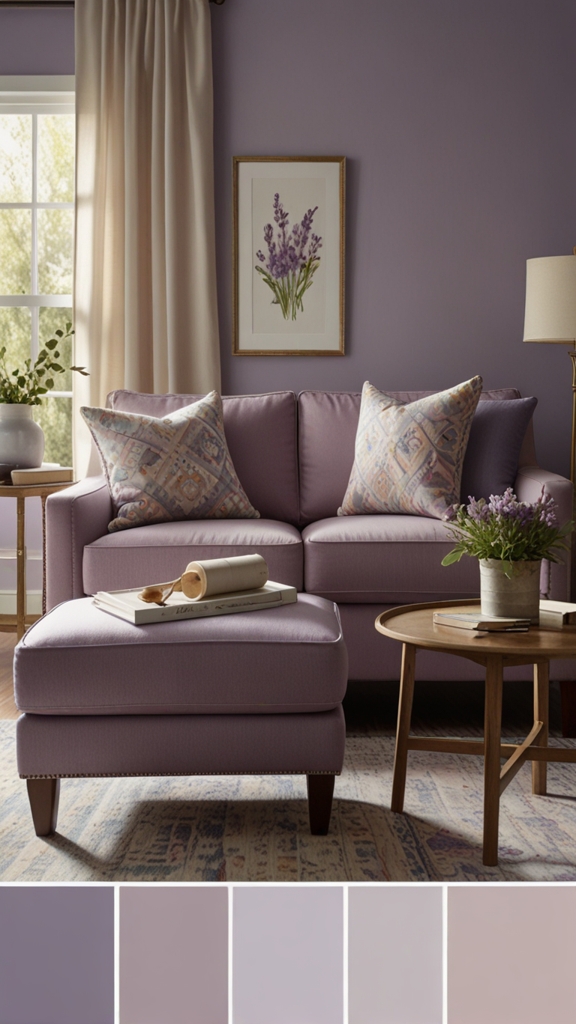
Experiment with different combinations until you find a balance that suits your style and enhances the overall ambiance of the space.
Why should I consider the size and layout of my living room when choosing cool and calming colors?
Considering the size and layout of your living room is crucial when selecting cool and calming colors as it can greatly impact the perception of space and mood in the room. For smaller rooms, lighter shades of blue, green, or lavender can help visually expand the space and create an airy feel.
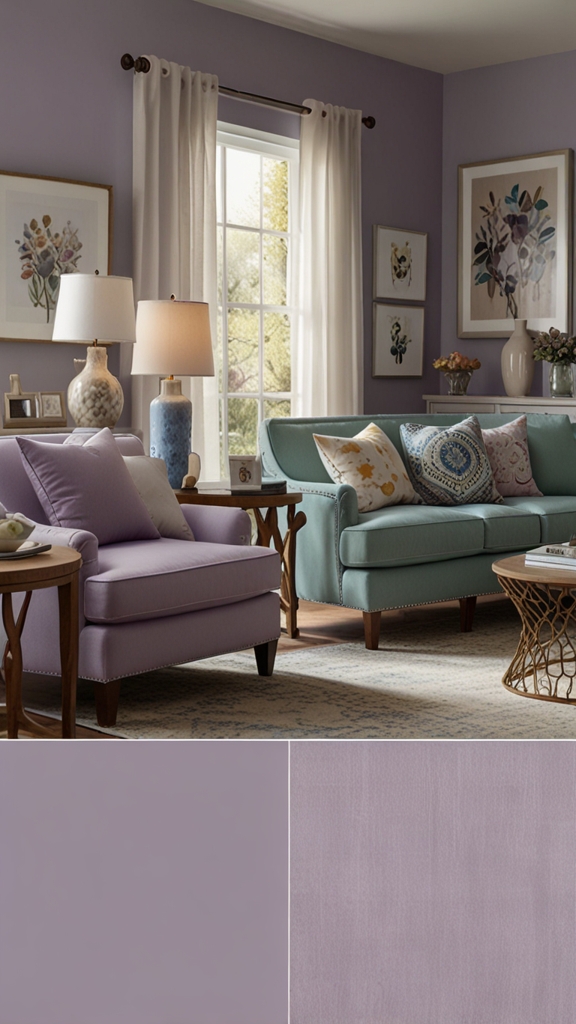
Dark colors, on the other hand, can make a small room feel more intimate but should be used sparingly to avoid overwhelming the space. In larger living rooms, you have more flexibility to experiment with different shades and tones. Consider using cool colors on the walls and ceilings to create a sense of openness and tranquility.
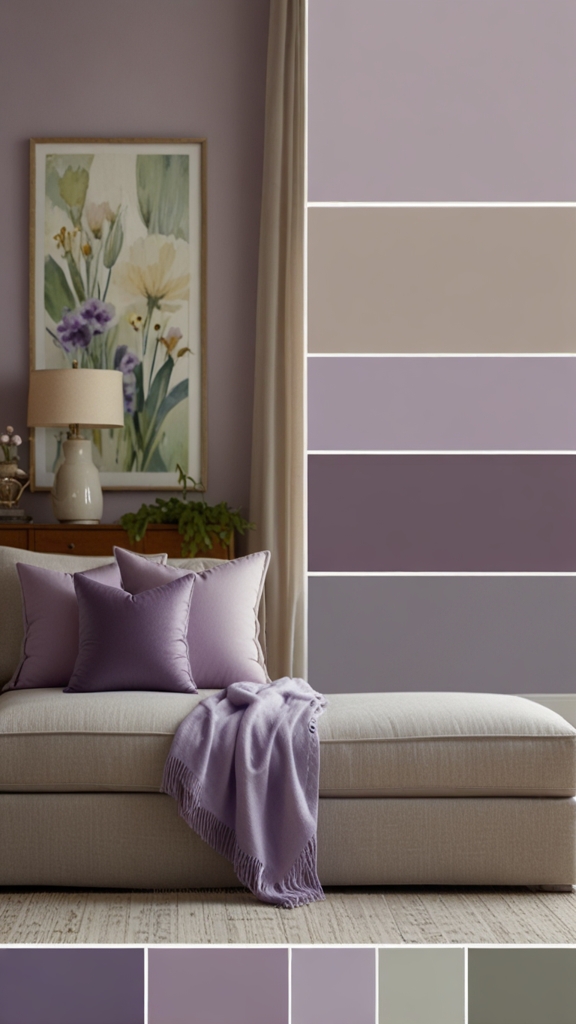
Additionally, take into account the natural lighting in the room when choosing colors to ensure they appear as intended. By carefully considering the size and layout of your living room, you can create a color scheme that enhances the space and promotes a relaxing atmosphere.

